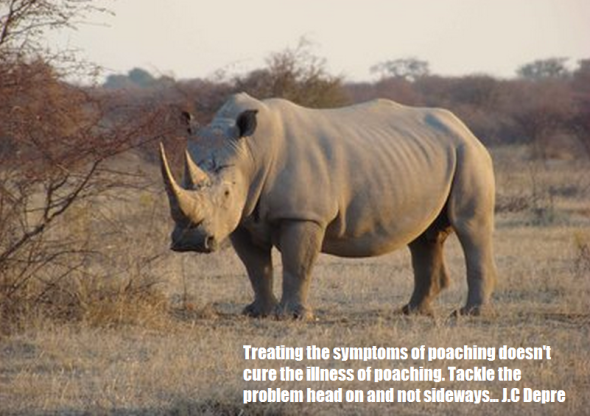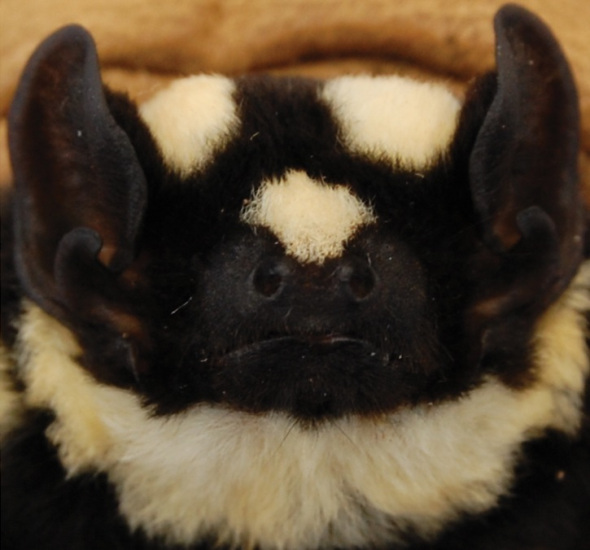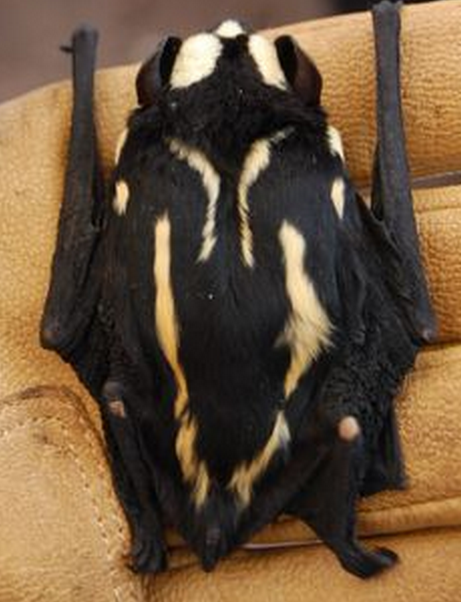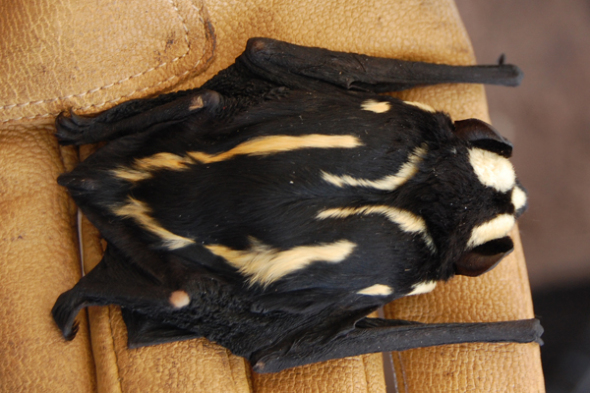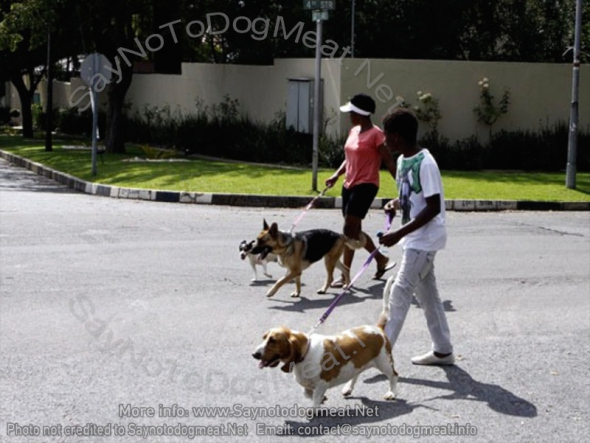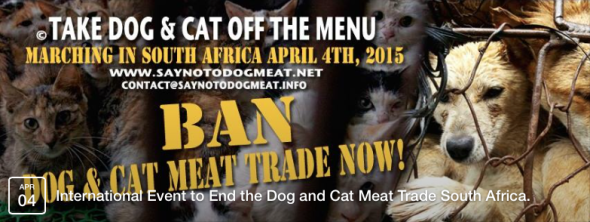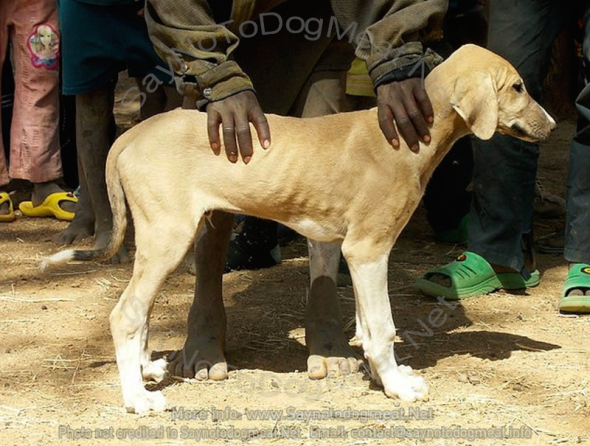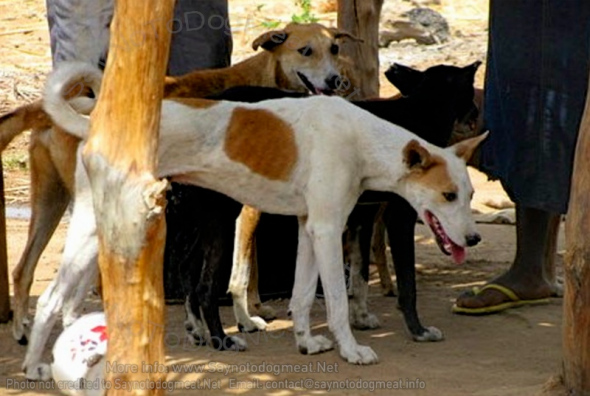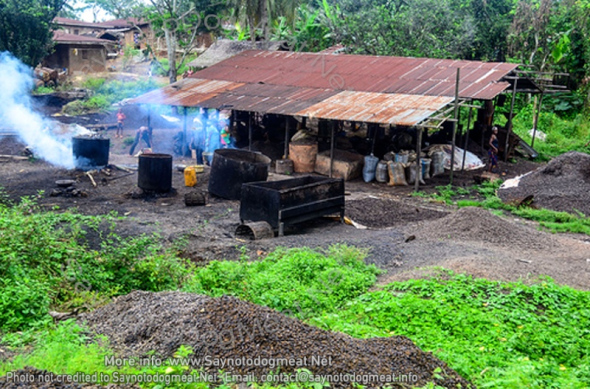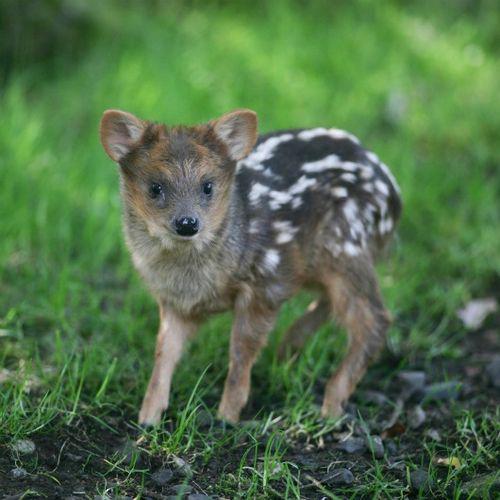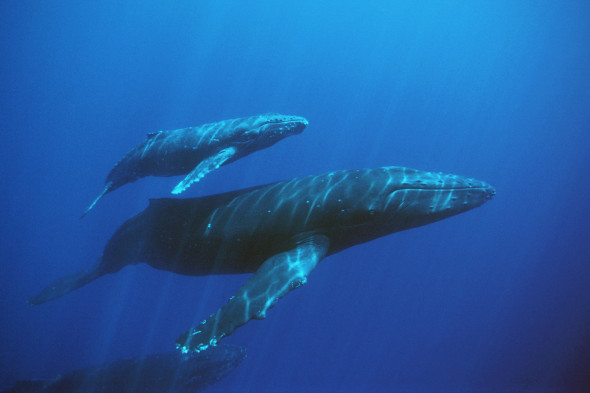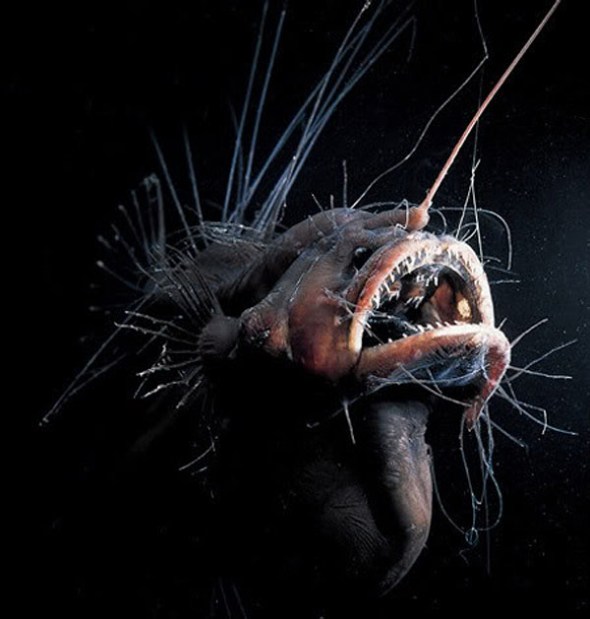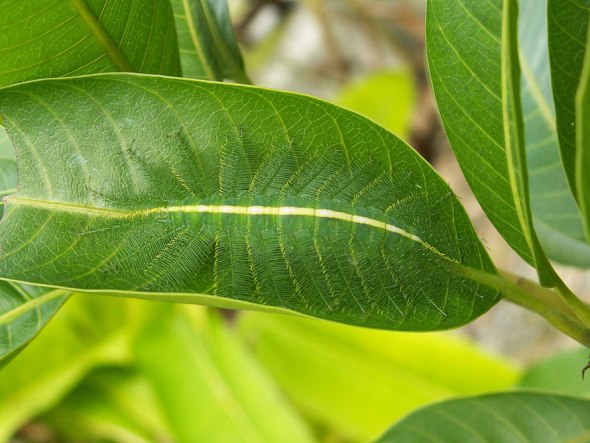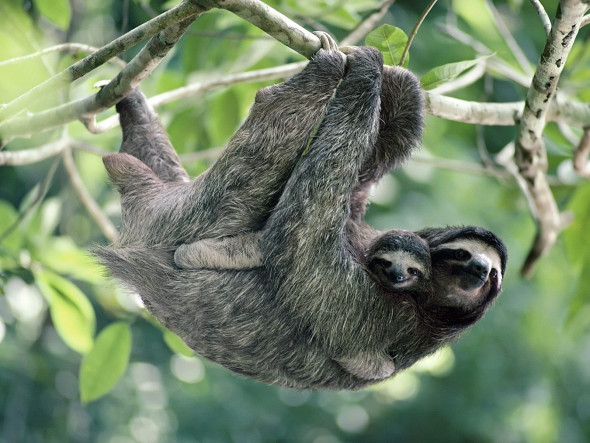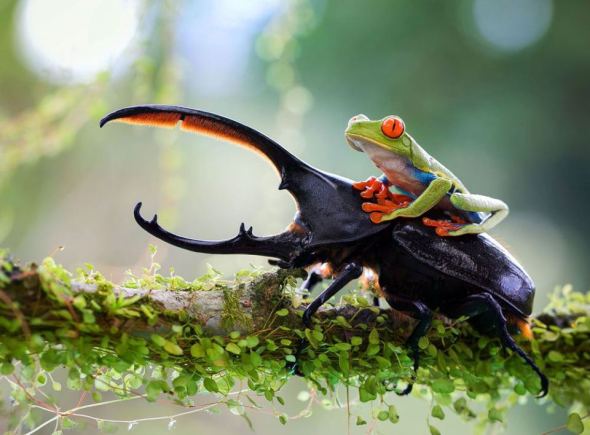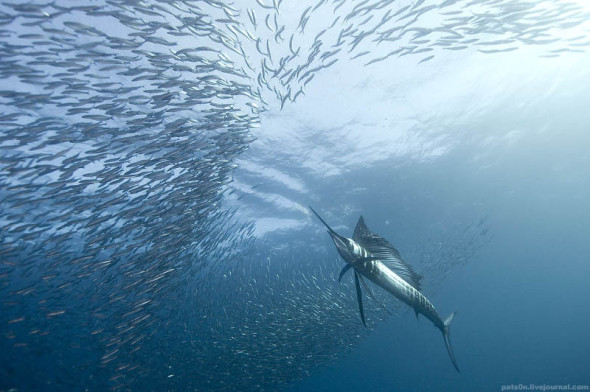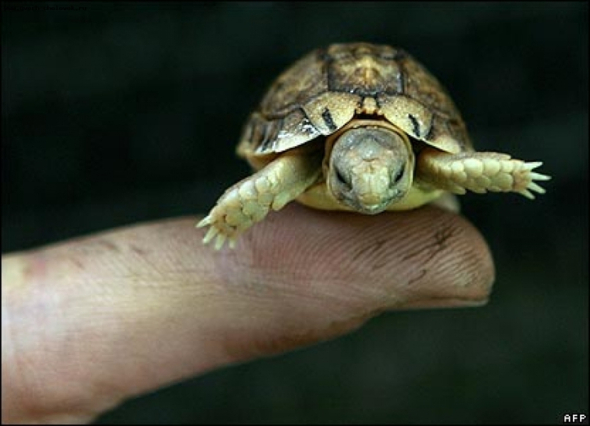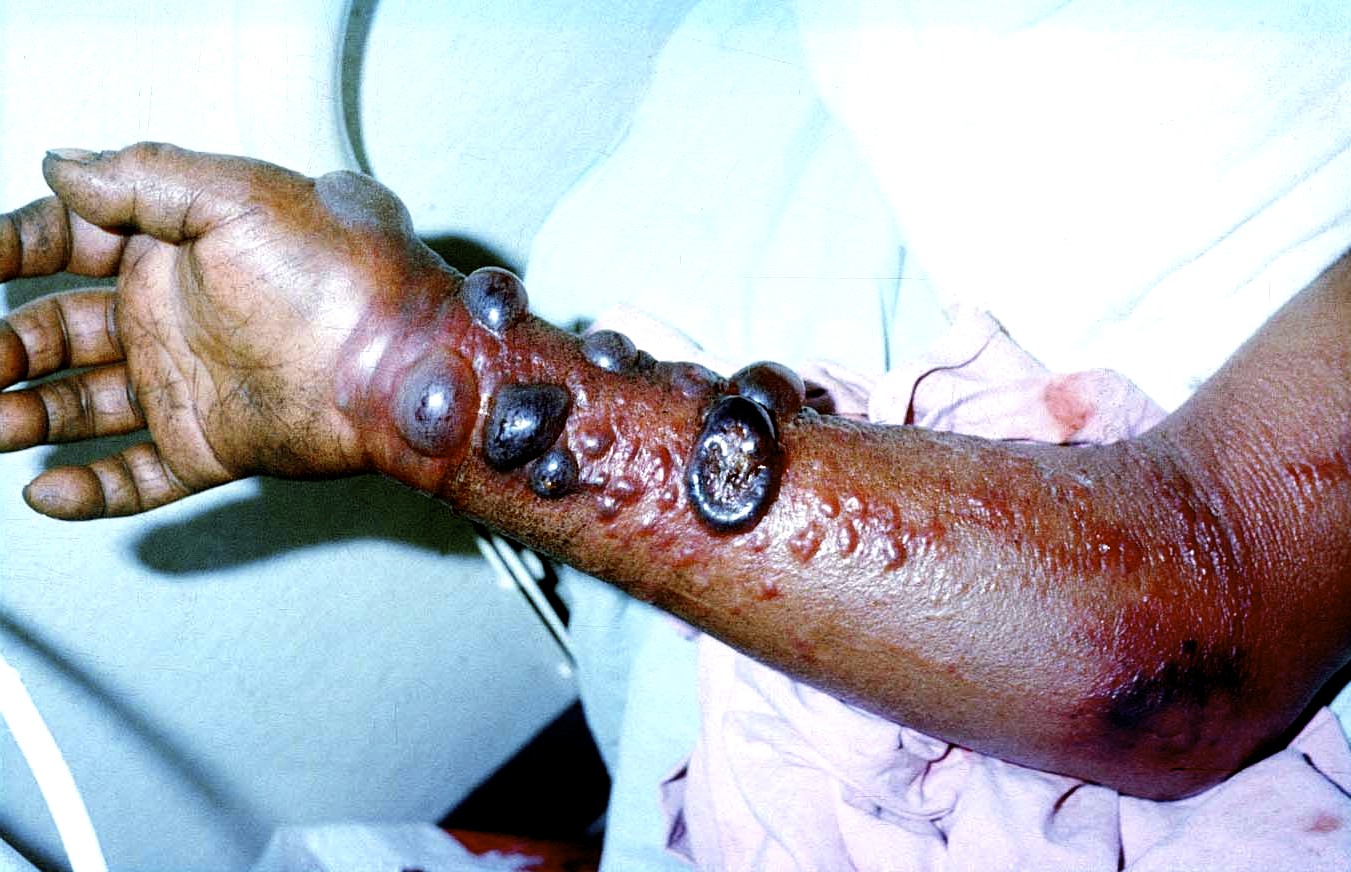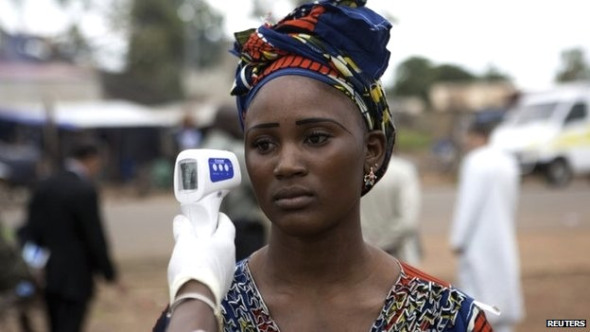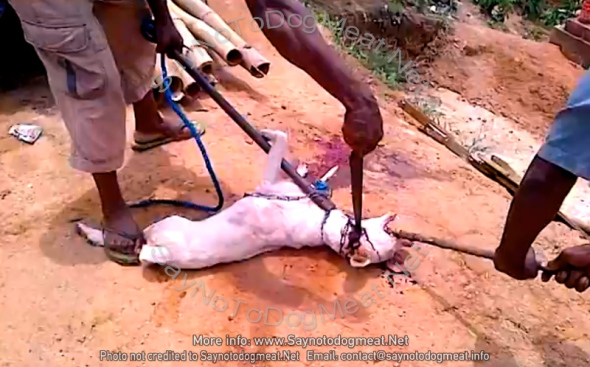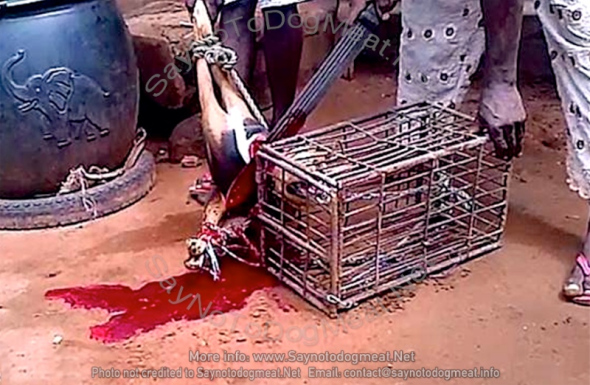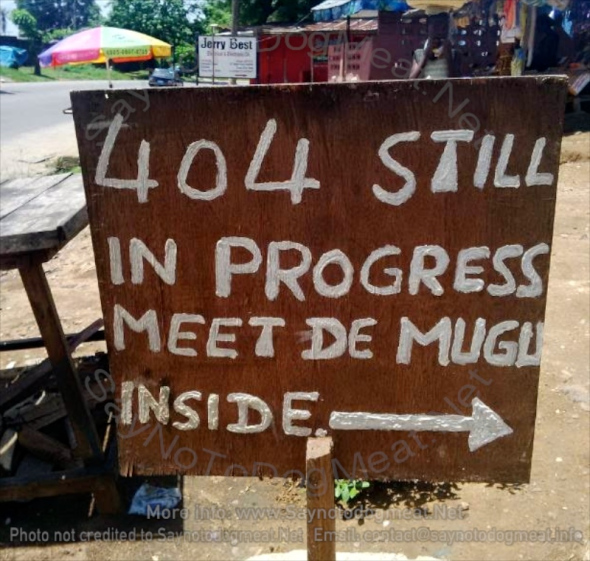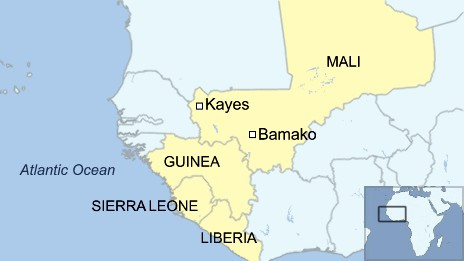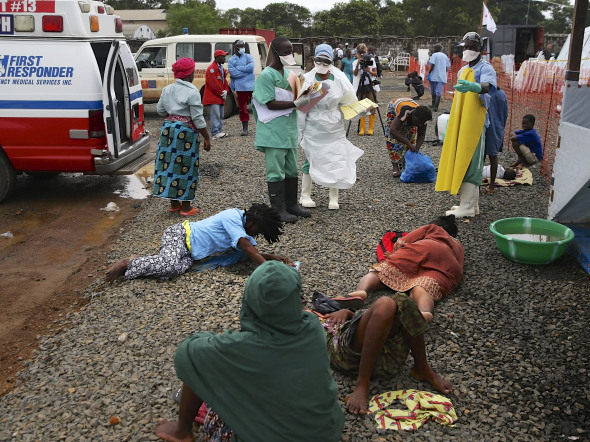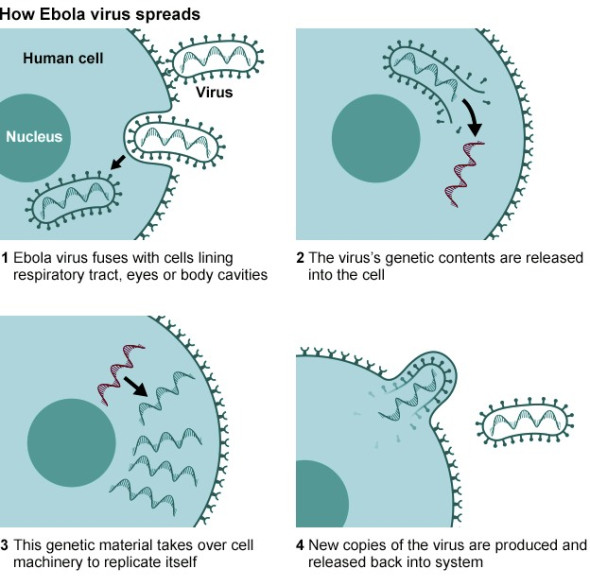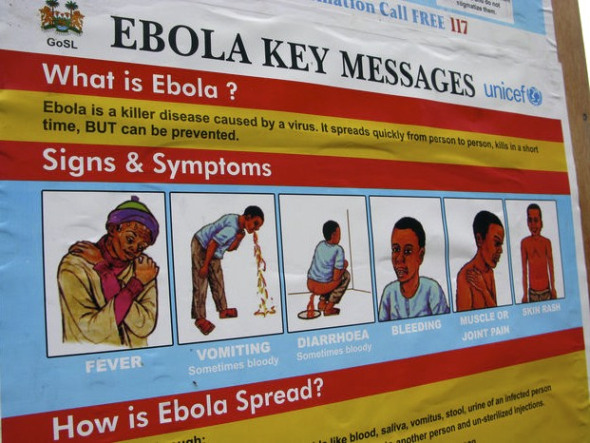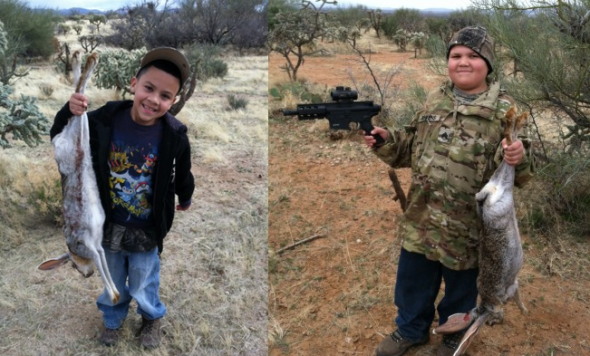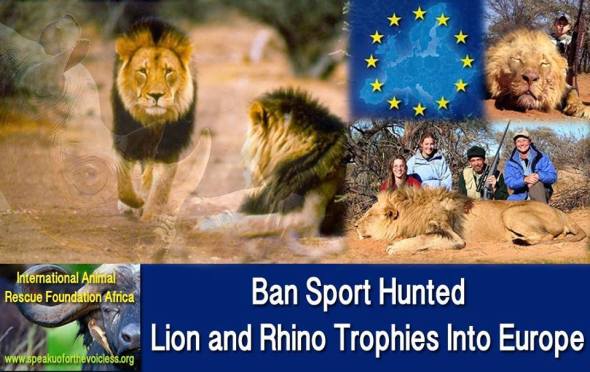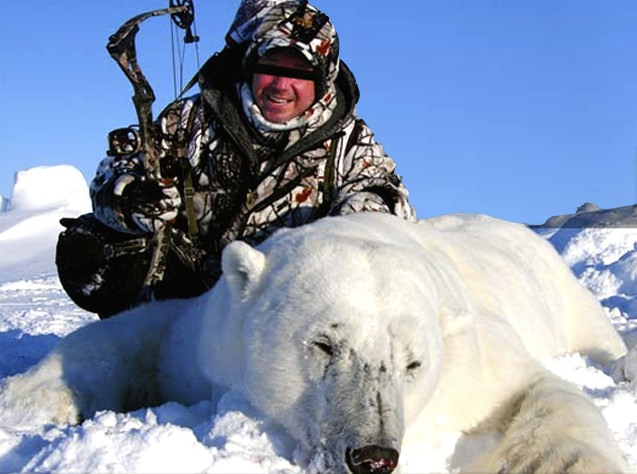Corruption-Poverty-Relocation-Shoot to Kill Policy!
In Central Africa approximately 80% of rangers are, on some level, involved in trafficking. Because communities are small, some rangers and poachers know each other directly and others, occasionally, are bribed. Luc Mathot of Conservation Justice has organized the arrest of 4 rangers in the Congo in 2012 and 3 from Gabon in 2013. Ranger involvement is less common in South Africa. Strict laws are enforced to curtail such actions and rangers found conspiring with poachers are relived from duty. However corruption is more widespread and larger than you could possibly imagine. Within SANParks for instance evidence has yet again emerged of five ranger involved in poaching activities. When this information is passed onto SANParks their response is “silent”. Back in 2013 we advised SANParks that they must routinely undertake polygraph testing of all rangers and staff involved with wildlife duties. Again they fail to acknowledge our concerns.
Illicit wildlife trade is the fourth largest illegal activity worldwide and is worth $23 billion US dollars per year. In order to understand what is happening in illegal trade, the prices that wildlife products yield must be monitored. Scarcity of a product reflects higher prices whereas low prices reflect abundance. High profit and turn over are the driving factor and poachers have a very small window to work in. If the probability of being caught and punished (i.e. imprisonment or death) is high, this will alter the expected price tag. Many reserve barriers are not deterrents for poachers, as they are minimal (i.e. barbed wire and sparse fencing). Moreover, legislation and borders between subsistence hunting and poaching are blurred. The majority of rhino populated countries have low penalty policies. However, Botswana has the lowest poaching rate due to its ‘zero tolerance-shoot to kill’ policy. The Defense Force treats apprehended poachers as aggressive military threats if they do not surrender their weapons immediately they are shot dead on site - International Animal Rescue Foundation supports this regardless of some public outcry we have to show poachers that killing our wildlife will most certainly involve rangers taking poachers out. Other factors that keeps poaching minimal is the country’s remoteness and low populace. Conservationists were looking to relocate South African rhinos via helicopter to Botswana for these reasons (Carrington, 2014). However, due to high cost and inhumane transportation complications this option has been rejected.
What’s more inhumane though? the transportation of rhinos and so called costs or the killing of rhinos? Personally we’d like to see a 50% score of rhinos moved from the Kruger to Botswana were breeding can take place securely and a shoot to kill policy is fair game. Poachers see South Africa as easy pickings. Until an immediate shoot to kill policy is given our rhinos will be in danger.
Poverty and poaching go hand-in-hand. Impoverished communities are more likely to engage in illegal activities so long as there is a demand for goods. Poaching organizations turn to disadvantaged communities to recruit new personnel. The sole source of income for these remote areas is farming, however, because of its remoteness and lack of transportation, selling produce and livestock is limited. If communities had ways of traveling further into more populated areas, they would have a better chance at sales. However, due to word of mouth, some consumers will travel to the farms to purchase goods, which allows farmers to raise their prices. These methods are sill no match for payouts from rhino horns and ivory. Because poachers are well financed and wildlife products can easily be turned into cash, the decision to poach becomes alluring to those in need. Factors such as social, political, and environmental status are also considered.
Those who begin as poachers have the opportunity to get promoted to better paying, less conspicuous positions. A simple poacher can move up to a chief position and organize trafficking for poachers. One could also sell his own ivory and become a trafficker. The ‘middle-man’ position takes product to the richer barons within cities. These people have an actual chance at moving up after accumulating enough money that allows them to work in less conspicuous ranks. According to TRAFFIC-ASIA, there is a direct link between the rise in regional incomes and illegal wildlife trading. Poachers who enter protected areas are more prone to be risk takers. Some are bribed with cigarettes, beer, money, or other items not so commonly found in local communities.
Poverty is not the only driving force in poaching. Illegal trade has become war-like with a complex network of violent militias, terrorists, government corruption, and organized crime, fueled by demand predominantly from Asia and the rising economic status in Vietnam. In 2012, a 10 kg rhino horn would bring in $20,000 per kg on the African-based Asian-run market. Today, prosperous consumers in China and Vietnam have driven the price up to $65,000 per kg and can fetch as much as $100,000 on the black market, making horns more valuable than platinum, gold, or cocaine. Because of its’ increasing prosperity, Vietnam holds the chief market on rhino horns, yet it has little to do with medicinal ailments. They are sold as recreational drugs for partygoers, aphrodisiacs, for detoxification from excessive food and/or alcohol consumption for the more affluent, décor, gifts such as horn bracelets, and necklaces, as well as a deceptive ‘miracle drug’ to cheat cancer patients out of cash. In 2008, the Vietnamese Embassy was found to be a participant in illegal rhino horn trade.
Conclusion:
South African government must implement a shoot to kill policy as soon as arms are not dropped. poverty must be tackled within “all African wildlife organisations” as this is one primary reason our wildlife is being slaughtered. Corruption must be tackled head on and NOW. Relocation of South African Rhinos to Botswana where a more policed approach is seen must be on the agenda.
Dr J. C. Depre and Ambassador S. Farthing
Rhino Welfare Africa.
International Animal Rescue Foundation
externalaffairs@international-animalrescue-foundation.org.uk
RESEARCH TEAM BELOW
Anonymous. (2014, September). Former poacher. (O. Gasaya, & L. Jorgensen, Interviewers)
Burton, J. (2014, September). CEO at World Land Trust. (L. Jorgensen, Interviewer)
Carrington, D. (2014, September). Inside Africa. Retrieved September 2014, from CNN World:http://www.cnn.com/2014/09/11/world/africa/rhinos-on-a-plane/index.html?hpt=hp_c4
Coghlan, A. (2014, January). Record poaching pushes rhinos towards extinction. Retrieved September 2014, from New Scientist-Life: http://www.newscientist.com/article/dn24894-record-poaching-pushes-rhinos-towards-extinction.html#.VAuOJWSwJZ8
Duffy, R., & St. John, D. (2013, June). Poverty, Poaching, and Trafficking; What are the Links? Retrieved September 2014, from Rhino Owners: http://www.rhinoowners.org/WYSI/assets/Documents/EoD_HD059_Jun2013_Poverty_Poaching.pdf
Hill, G. (2014, September). Director of Risk and Intellegence at Africa.cx. (L. Jorgensen, Interviewer)
Mathot, L. (2014, October). Founder and Director of Conservation Justice. (L. Jorgensen, Interviewer)
Montesh, M. (2012). Rhino Poaching: A New Form of Organised Crime. Retrieved September 2014, from University of Soutb Africa: http://www.unisa.ac.za/claw/news/wp-content/uploads/2013/04/rhion-poaching-for-profit.pdf
Pandolfi, A. (2014). Wildlife Conservation UAV Challenge Supporters. Retrieved October 2014, from Kashmir World Foundation:www.kashmirworldfoundation.org
Peace Parks Foundation. (2014). COMBATTING WILDLIFE CRIME. Retrieved September 2014, from Peace Parks Foundation: http://www.peaceparks.org/programme.php?pid=24&mid=1021
Sandram, S. (2014, September). Wildlife Officer at Gonarezhou National Park. (L. Jorgensen, Interviewer)
Sas-Rolfes, M. ‘. (2012, February). THE RHINO POACHING CRISIS: A MARKET ANALYSIS. Retrieved September 2014, from Save The Rhino Trust: http://savetherhinotrust.org/programmes/84-the-rhino-poaching-crisis-a-market-analysis
Thomas, R. (2012, August). “Loose horns”, surging demand and easy money create “perfect storm” for rhino poaching. Retrieved September 2014, from TRAFFIC: http://www.traffic.org/home/2012/8/21/loose-horns-surging-demand-and-easy-money-create-perfect-sto.html
TRAFFIC. (2008). TRAFFIC’s engagement on African rhinoceros conservation and the global trade in rhinoceros horn. Retrieved September 2014, from TRAFFIC: http://www.traffic.org/rhinos/
Yale Environment360. (2014, January). e360 Digest. Retrieved September 2014, from Environment 360:http://e360.yale.edu/digest/more_than_1000_rhinos_poached_in_2013_south_african_officials_say/4051/
Read more here on the very people trying to stop us from undertaking our work - Liz Bradly from the UK a serial stalker and known sociopath has indulged in countless hours of trying to report the very articles that help save animals just to hide behind a veil of CELLULAR DEVICES. This time she again was caught red handed completely forgetting that the site she had just reported too was only to make her message a cowardly one public.
http://saynotodogmeat.net/2014/07/23/under-attack-from-hate-groups/
Now we know whom the animal hater is - we’re going to deal with that animal hater in the same manner as we do dog fighters.

